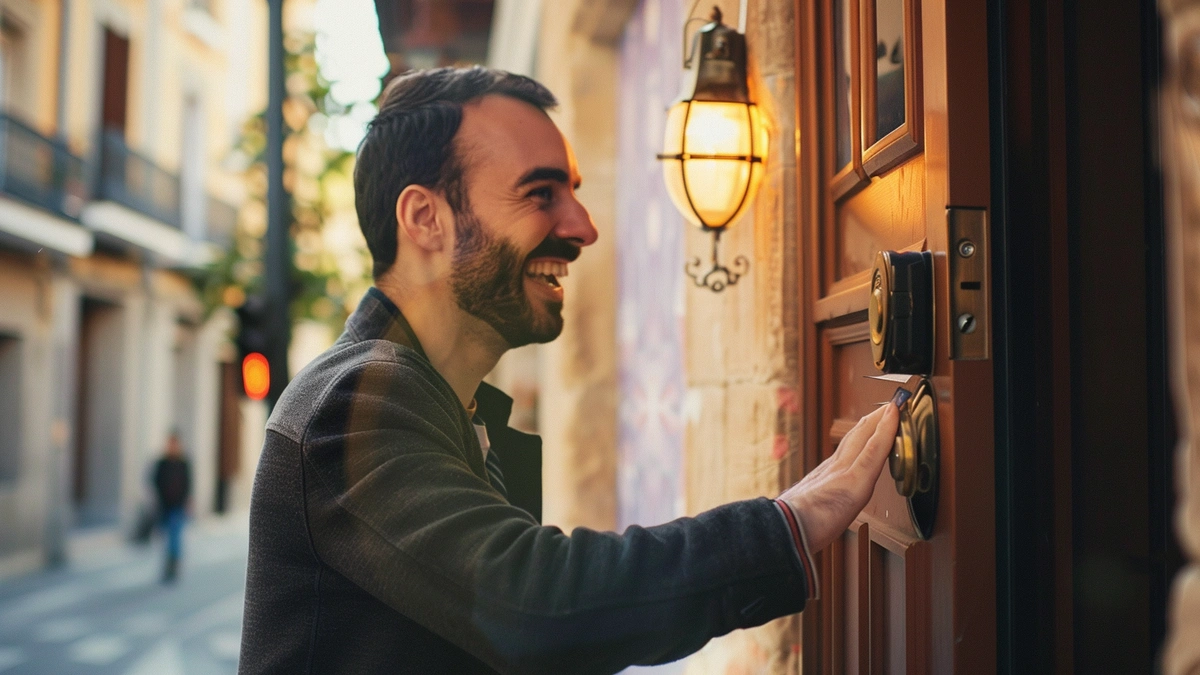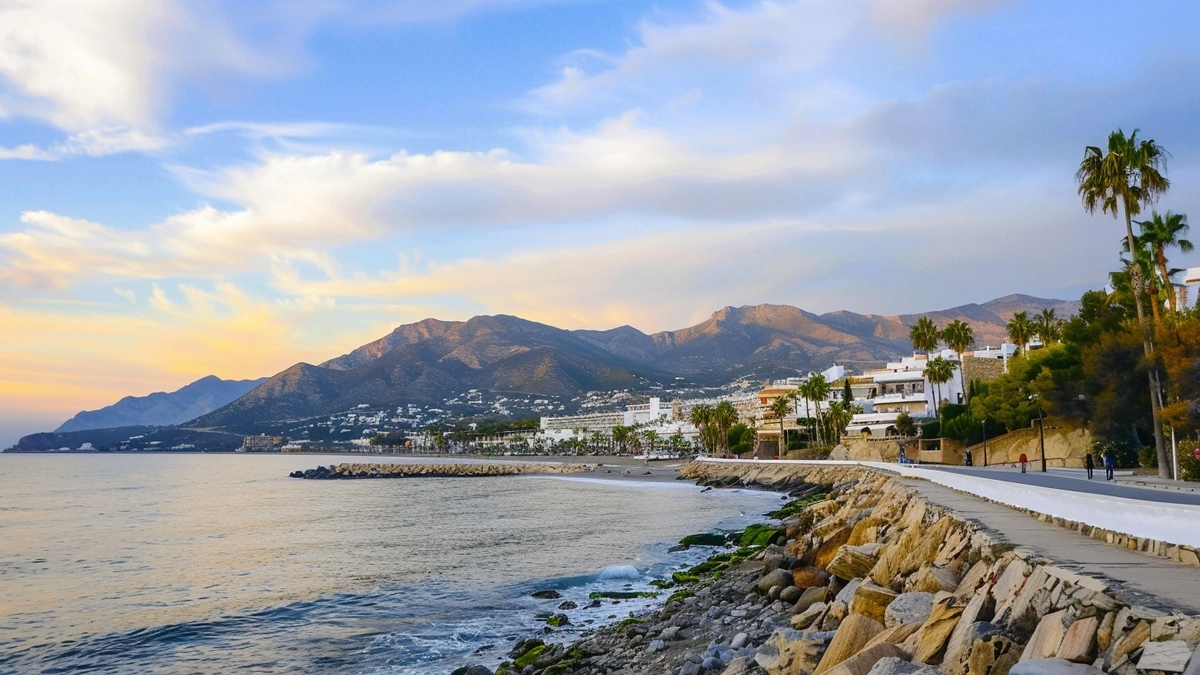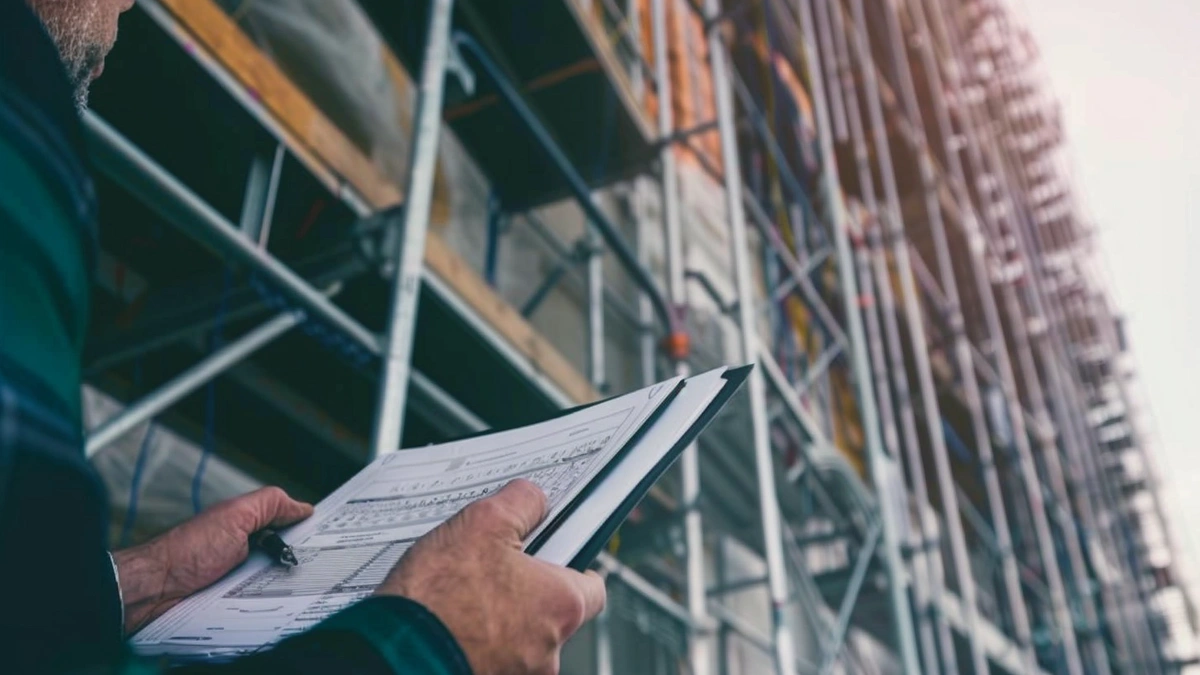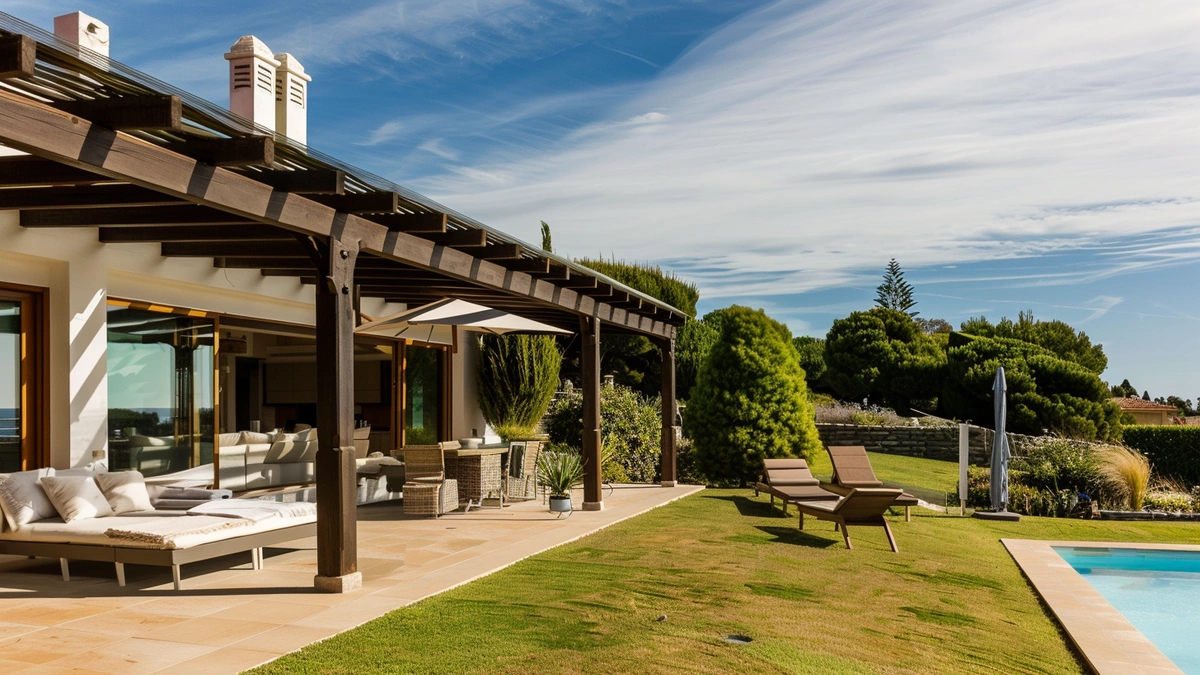Stamp Duty Spain 2024: Comprehensive Guide to Spanish Stamp Duty Costs

The purchase of a property in Spain by foreigners has gained notable popularity, especially post-covid. However, this process involves a series of additional fees and costs that must be considered to avoid unpleasant surprises. This guide, based on a thorough analysis of the best articles on the subject, aims to provide a complete and unified perspective focusing on stamp duty Spain and other related costs.
Initial Costs and Expenses When Buying Property in Spain
Process for Foreigners
The first step for foreigners interested in buying property in Spain is to obtain a Foreigner Identification Number (NIE). This is an indispensable requirement for any legal transaction in the country. The NIE is essential for opening a bank account, signing contracts, and paying taxes. Additionally, it is recommended to open a bank account in Spain to facilitate both initial payments and the management of recurring expenses, which can greatly simplify the process and avoid setbacks.
Reservations and Deposits
Once the property is selected, it is common to make an initial deposit to remove the property from the market. This amount is usually around €3,000, although it can vary depending on the agreement between the parties involved. It is important to note that the price of the property has experienced an annual increase of 10.61%. This deposit guarantees the reservation of the property while the necessary paperwork for the purchase is processed.
Notary Fees for Home Purchase and Registration Fees
The notary and the property registry in Spain are crucial components of the purchase process. Notary fees for home purchase can vary but generally range between 0.5% and 1% of the property's price. As for the property registry in Spain, its costs are usually in a similar range. Both fees are necessary to formalize the purchase and register the change of ownership.
Taxes and Fees Associated with Property Purchase

Value-Added Tax (VAT)
VAT is a crucial tax to consider. For new properties, the applicable VAT is 10% of the sale price. In the case of government-subsidized housing, this rate drops to 4%. It is essential to be clear about these figures when calculating the total budget for the purchase.
Transfer Tax Spain (ITP) and Stamp Duty Spain (AJD)
For pre-owned properties, the applicable tax is the Transfer Tax Spain (ITP), which varies between 6% and 10%, depending on the Autonomous Community where the property is located. Additionally, the Spanish stamp duty (AJD) ranges between 0.5% and 1.5%. These taxes add a significant cost to the purchase process and should be considered from the beginning.
Deed and Registration Costs
Deed costs include notary fees, which usually vary between 0.5% and 1% of the property's value. Likewise, the costs of property registration in Spain also influence the total expense. It is crucial to have accurate estimates to avoid unwanted surprises. These costs cover the drafting and formalization of the sale contract and the registration of the property in the Property Registry.
Financial Conditions and Mortgages for Non-Residents

Mortgage Conditions
Mortgages for non-residents usually have less favorable conditions compared to those offered to residents. Banks often require a higher initial contribution, which can be up to 30% of the property's value. Additionally, interest rates are generally higher, increasing the monthly cost of the mortgage. This factor should be considered when planning the purchase, as it can significantly impact the budget.
Required Documentation
To manage a mortgage and carry out the purchase, a series of documents is required, including a passport, NIE, and proof of income. Additionally, various documents may need to be translated depending on the bank and the regulations of the Autonomous Community. This process can be laborious, so it is recommended to start gathering the documents in advance.
Implications and Conclusions

Financial Implications
The financial implications of buying a property in Spain are significant. All costs involved, from taxes to notarial fees, property registration fees, and deed costs, must be considered. In total, it is estimated that additional expenses can represent between 10% and 15% of the property's cost. It is crucial to have a detailed budget and seek professional advice to carry out proper financial planning, especially focusing on stamp duty in Spain.
Social Impact
The process of acquiring property in Spain by foreigners has a notable impact on the real estate market, increasing demand and sometimes driving up local property prices. This phenomenon has sparked debates about housing accessibility for local residents. Even so, having professional legal advice is indispensable to navigate the complex legal and financial procedures in the country and ensure a safe and successful transaction.
Future Prospects
It is projected that the trend of foreigners buying properties in Spain will continue to increase in the coming years. However, reforms are needed to simplify the process and address the growing demand. Areas that require more research include the economic impact on local communities and measures to ensure a fair and accessible real estate market for everyone. Reforms could include simplifications in obtaining the NIE, reductions in notarial costs, and improvements in mortgage accessibility for non-residents.
In conclusion, buying a property in Spain requires a deep understanding of the additional costs and fees, particularly the stamp duty Spain and related taxes. It is essential to have professional advice and prepare for the various legal and financial procedures. For more information, contact Veiranda at +34611881055.
"Additionally, it is recommended to open a bank account in Spain to facilitate both initial payments and the management of recurring expenses, which can greatly simplify the process and avoid setbacks."